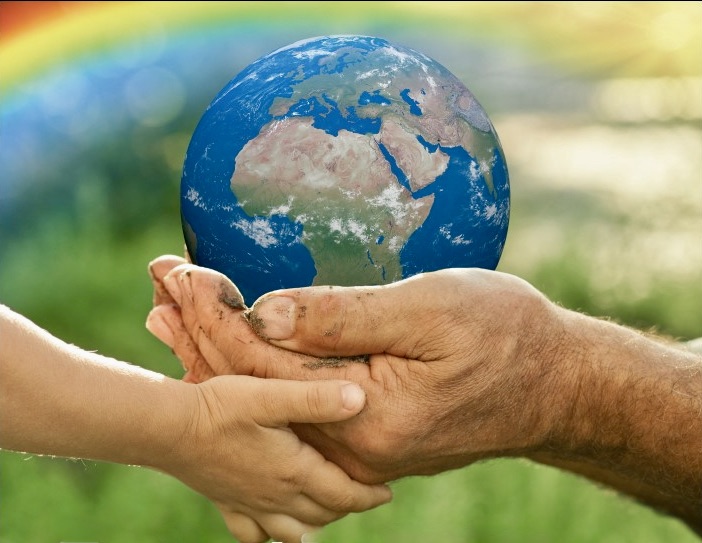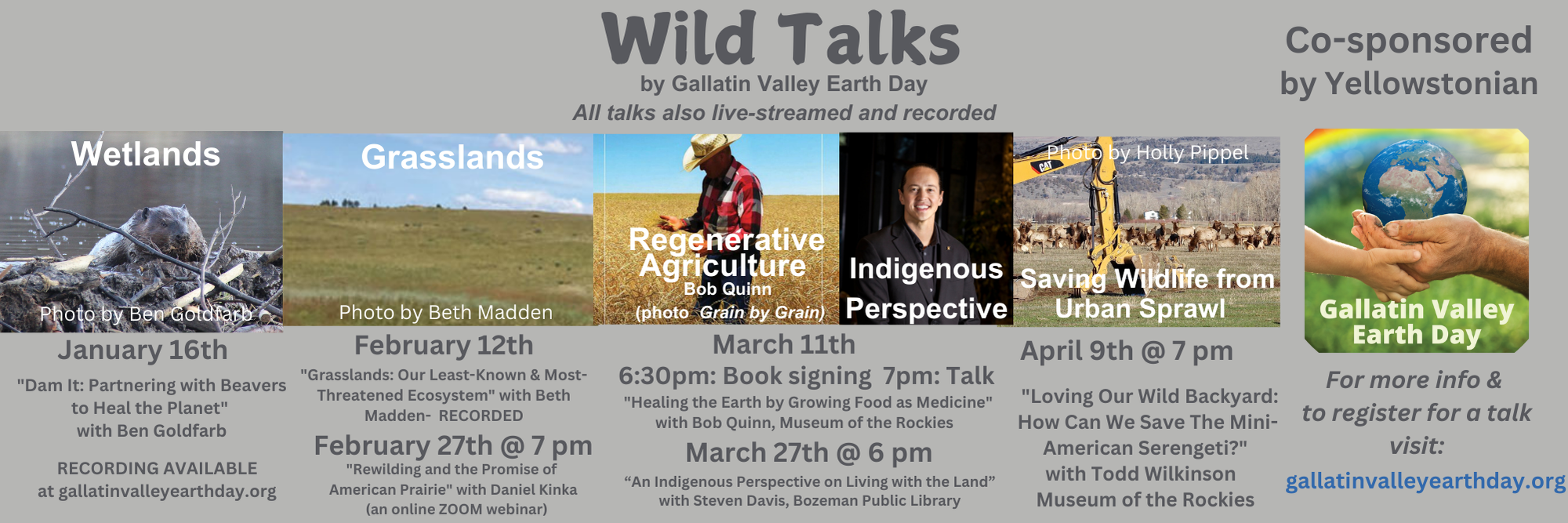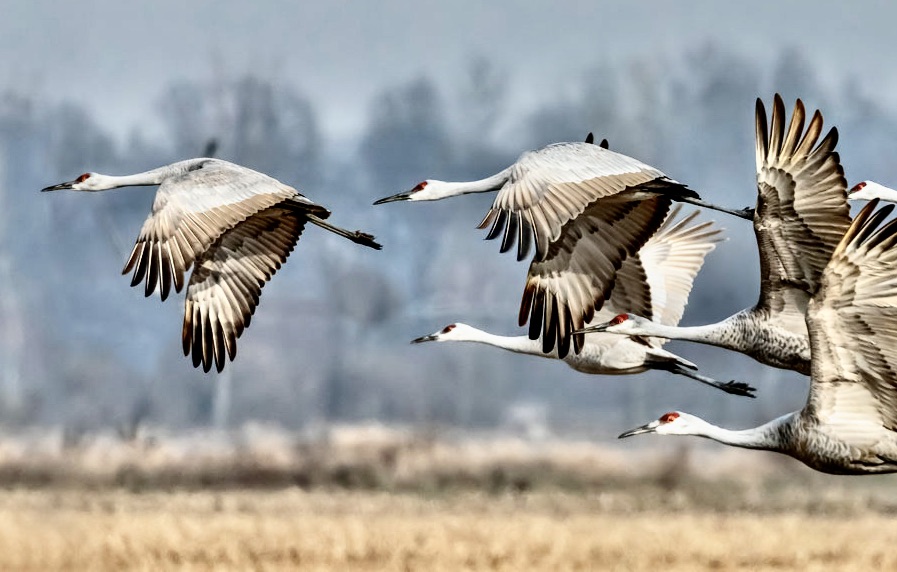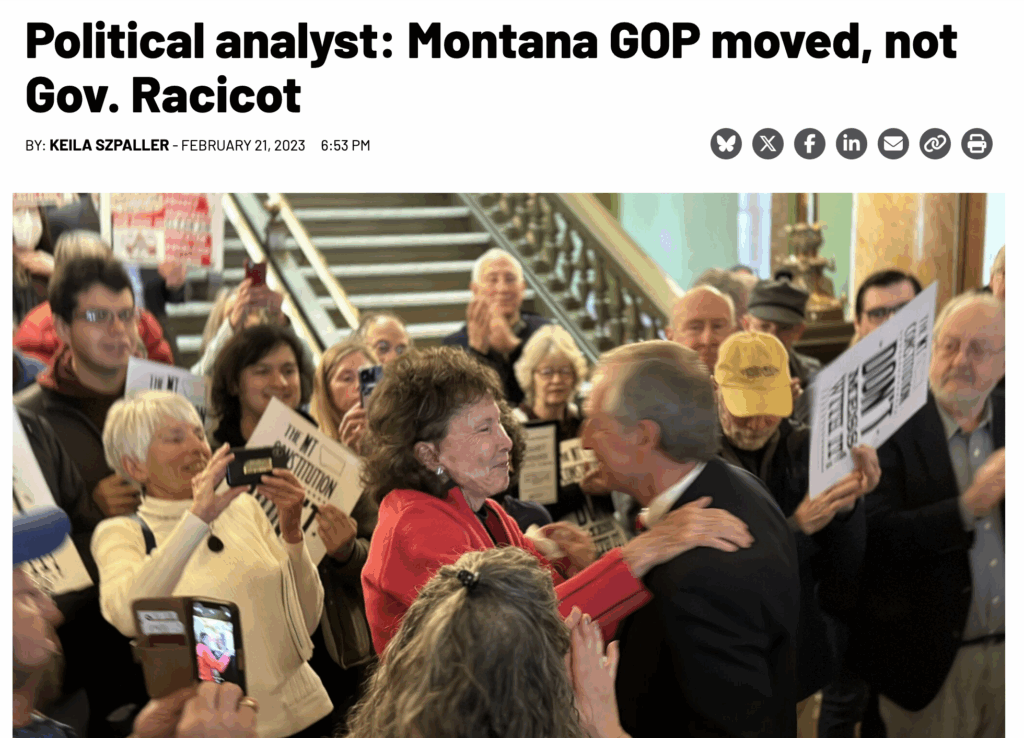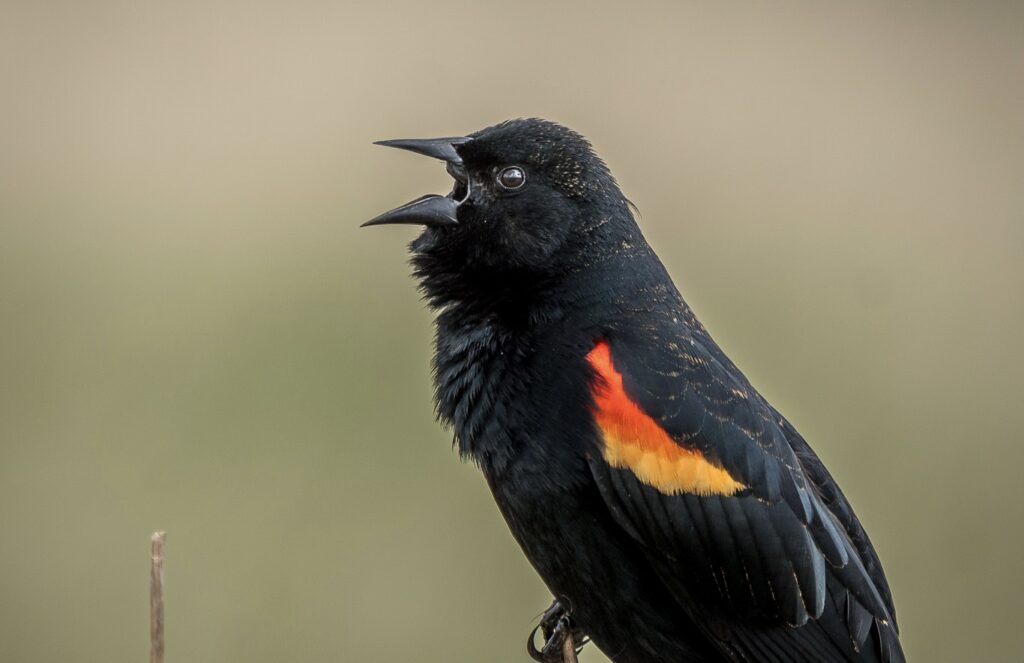By Yellowstonian
By its name, “Gallatin Valley Earth Day” may give the impression it focuses public engagement efforts only on a single day every April. But the truth is that this grassroots organization and its amazing network of volunteers has become a permanent catalyst for elevating ecological awareness in the northern end of the Greater Yellowstone Ecosystem.
In recent years Gallatin Valley Earth Day, based in Bozeman, has sponsored the most active line-up of speakers in southwest Montana. In 2025, it’s already off to a momentous start, having just hosted author and beaver expert Ben Goldfarb in front of a large crowd that gathered at the Emerson Cultural Center’s Crawford Theatre.
Coming in February are talks by biologist Beth Madden about the West’s most threatened bioregion—grasslands; a discussion of re-wilding efforts under way at American Prairie nature preserve by Daniel Kinka. And, in March, Bob Quinn will deliver a talk on how to heal the Earth and grow food as medicine. In April, Yellowstonian will lead a panel discussion on how sprawl is transforming Greater Yellowstone and what can be done to protect this nationally-acclaimed “mini-American Serengeti.” It will feature findings of a new report from NumbersUSA on sprawl in Greater Yellowstone, the veteran conservation biologist who wrote it, and others.
Yellowstonian is proud to be partnered with Gallatin Valley Earth Day and recently we had a discussion with Anne Ready, who once again is serving as the organization’s chair.
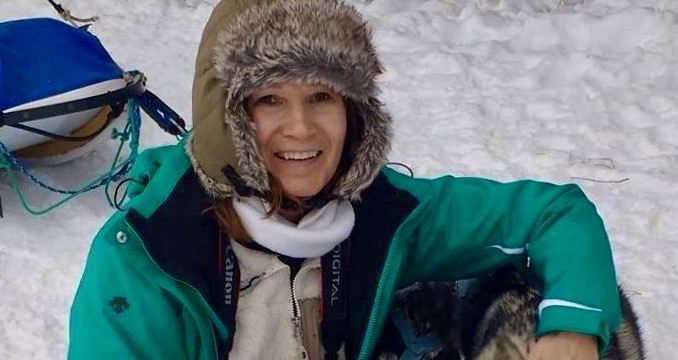
YELLOWSTONIAN: Gallatin Valley Earth Day has really re-energized the public forum format, in allowing citizens to attend free events hearing from scientists and other experts on topics of huge interest to those who care about the global-uniqueness of Greater Yellowstone. And most of the events are livestreamed so you can “attend” them from anywhere in the world with an internet connection. You broadened it out from being just centered on a few weeks around Earth Day. How did that change in thinking happen?
ANNE READY: Early on, one of our committee members, Loreene Reid, suggested that we hold monthly events leading up to the festival to create more interest. We started with a few events before the cancelled festival in 2020. They became so popular that I had many organizations asking if they could be part of these events. Last year, because I had a hard time saying no, we had 12 events (8 talks, 3 workshops, and a film) before the annual Earth Day festival Since that turned out to be a little too much for me to handle without being very stressed, I have dialed it back a bit this year to five talks before the festival—but many requests are still coming into me for more events.
YELLOWSTONIAN: One of the delights of living in a region like this is the appetite for learning about the wild world seems incredibly high.
READY: Every year the whole series gains more momentum because so many people are excited about the events and more and more organizations want to participate. I have had so many people stop me and thank me for the events and for live streaming the events because they want to attend but Bozeman is too far away for them to attend in person.
YELLOWSTONIAN: What is the source of your own passion, Anne, and why is elevating ecological literacy important?
READY: Passion comes from a great love and appreciation for the wildlife and landscapes that make Montana and Greater Yellowstone so special. As I learn more and more about how they are threatened— and how uniquely special this area is in the context of the whole world— I feel a great compulsion to do what I can to highlight these issues to educate people and hopefully inspire them to take action so the Greater Yellowstone will continue to thrive. It’s especially important with state legislatures in session that citizens be informed. I get great joy from seeing so many people appreciate and enjoy the programs that we put on. We regularly have had people from all over Montana, the United States and even other countries join our online talks, which speaks to how interested the world is in Greater Yellowstone.
“It’s especially important with state legislatures in session that citizens be informed. I get great joy from seeing so many people appreciate and enjoy the programs that we put on. We regularly have had people from all over Montana, the United States and even other countries join our online talks, which speaks to how interested the world is in Greater Yellowstone.”
—Anne Ready of Gallatin Valley Earth Day
YELLOWSTONIAN: Who are some of the thought leaders who have made the biggest impression on you?
READY: I grew up in Wisconsin, so I was aware of and read Aldo Leopold’s book “A Sand County Almanac”. In my twenties, I visited the International Crane Foundation in Baraboo, Wisconsin and was impressed by the efforts of George Archibald to save crane species around the world. I have also been influenced by Wendell Berry, and—more recently—all of the great people who are shining a light on important environmental issues and who are taking action to save what is so precious, such as Doug Tallamy who speak here on the importance of native plants.
YELLOWSTONIAN: You have said before that one never knows when a spark ignites a flaring passion of interest in the natural world.
READY: When I first heard Doug Tallamy talk over 10 years ago, it was a “lightbulb” moment when I suddenly saw everything in a whole new light. I continue to get inspired by so many leaders since moving to Bozeman. I remember reading your book, Todd, “Last Stand” about Ted Turner’s mind-blowing efforts to help the planet and protect the West. I was so impressed and amazed. Ted greatly inspired me.
YELLOWSTONIAN: Lastly, talk a bit about the events coming up in the next few weeks and months that culminate with a celebration of Earth Day. Readers should mark their calendars.
READY: I am so excited about our series of talks under our umbrella theme of “Living with the Land.” Due to generous donations from sponsors, we are able to live stream and record these talks as well as present them in person (with one talk being online only), so more people will be able to attend.
Our last program culminates in our annual Earth Day festival at the Gallatin County Fairgrounds in April and between then and now we have an exciting slate. As you know the evening with Ben Goldfarb and panelists from local conservation organizations discussing beavers was a huge success.
On Wednesday, February 12th, Beth Madden, a local wildlife biologist, will be sharing her 30 years of experience working with grasslands and prairies with her talk “Grasslands: Our Least-Known & Most-Threatened Ecosystem” at the Bozeman Public Library. I enrolled in a course she gave through OLLI last year about this subject and I came away with a whole new appreciation for this much underappreciated landscape.
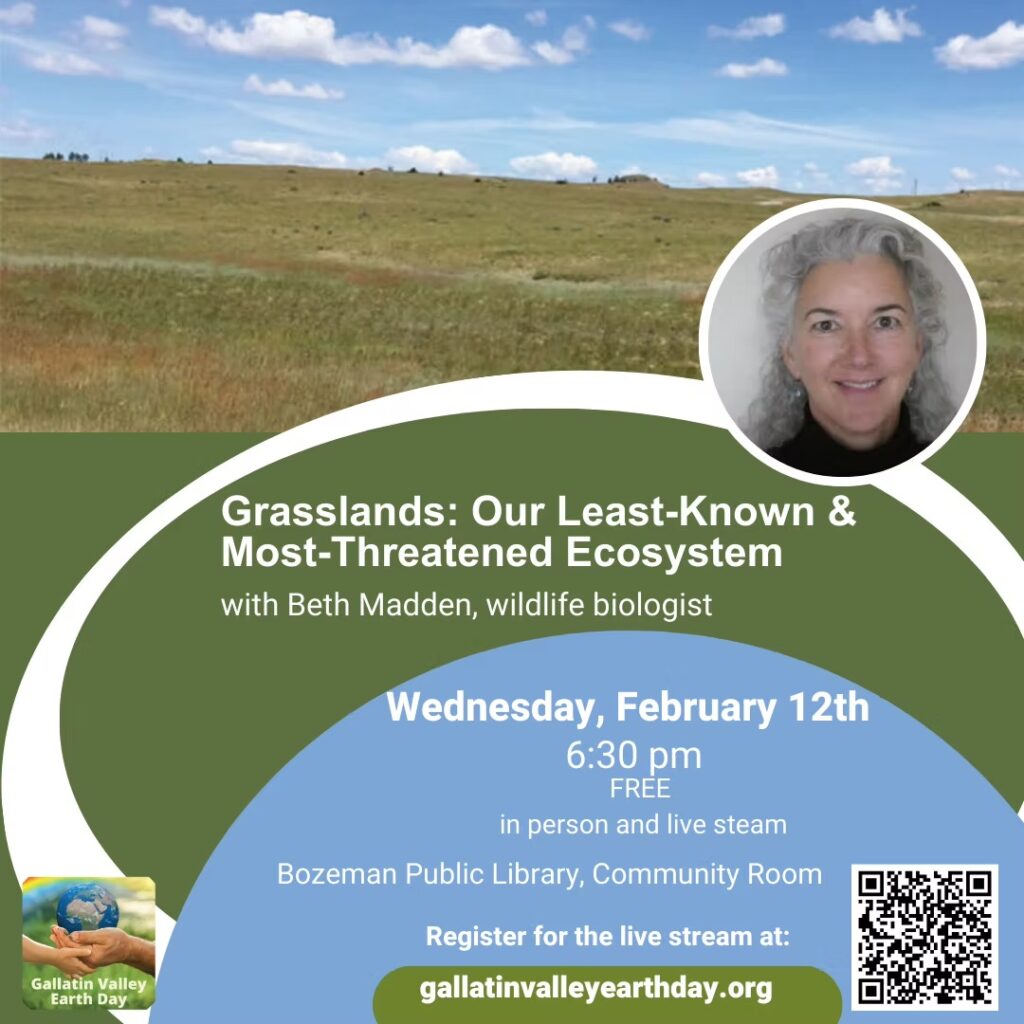
Then we have an interesting follow-up talk to Beth’s talk on Thursday, February 27th at 7 pm on ZOOM. We always like to offer knowledge about how people can make a difference to help save and preserve areas, like grasslands, so we are thrilled to have Daniel Kinka, Director of Rewilding, American Prairie, share with us their efforts to preserve one of the last great grassland areas in the world with his talk, “Rewilding and the Promise of American Prairie”. This talk will be online only as a Zoom webinar.
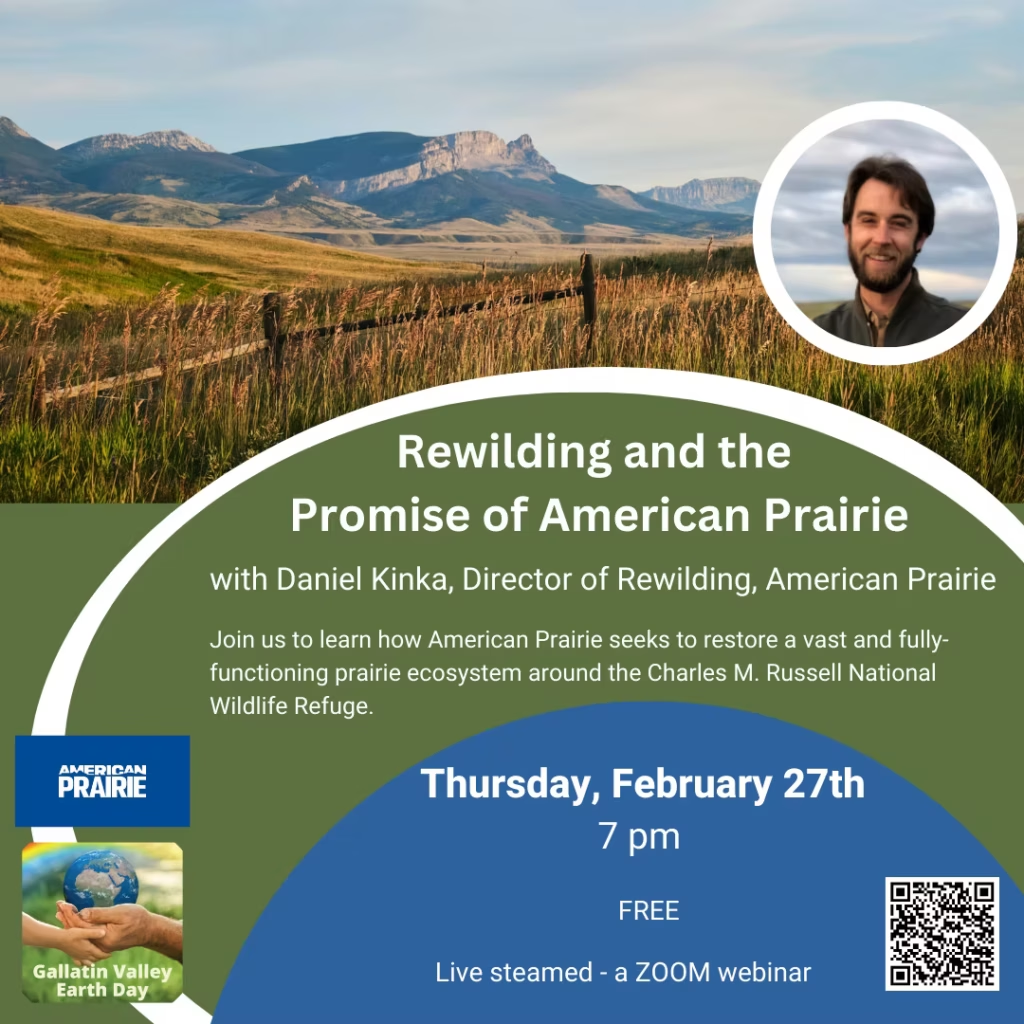
For our series, we also wanted to include how we can grow food more sustainably on our land, so I’m so very happy that Bob Quinn, renowned organic farmer, businessman, and author of “Grain by Grain—A Quest to Revive Ancient Wheat, Rural Jobs, and Healthy Food”, will be joining us at the Museum of the Rockies on March 11th at 7 pm for his talk “Healing the Earth by Growing Food as Medicine,”
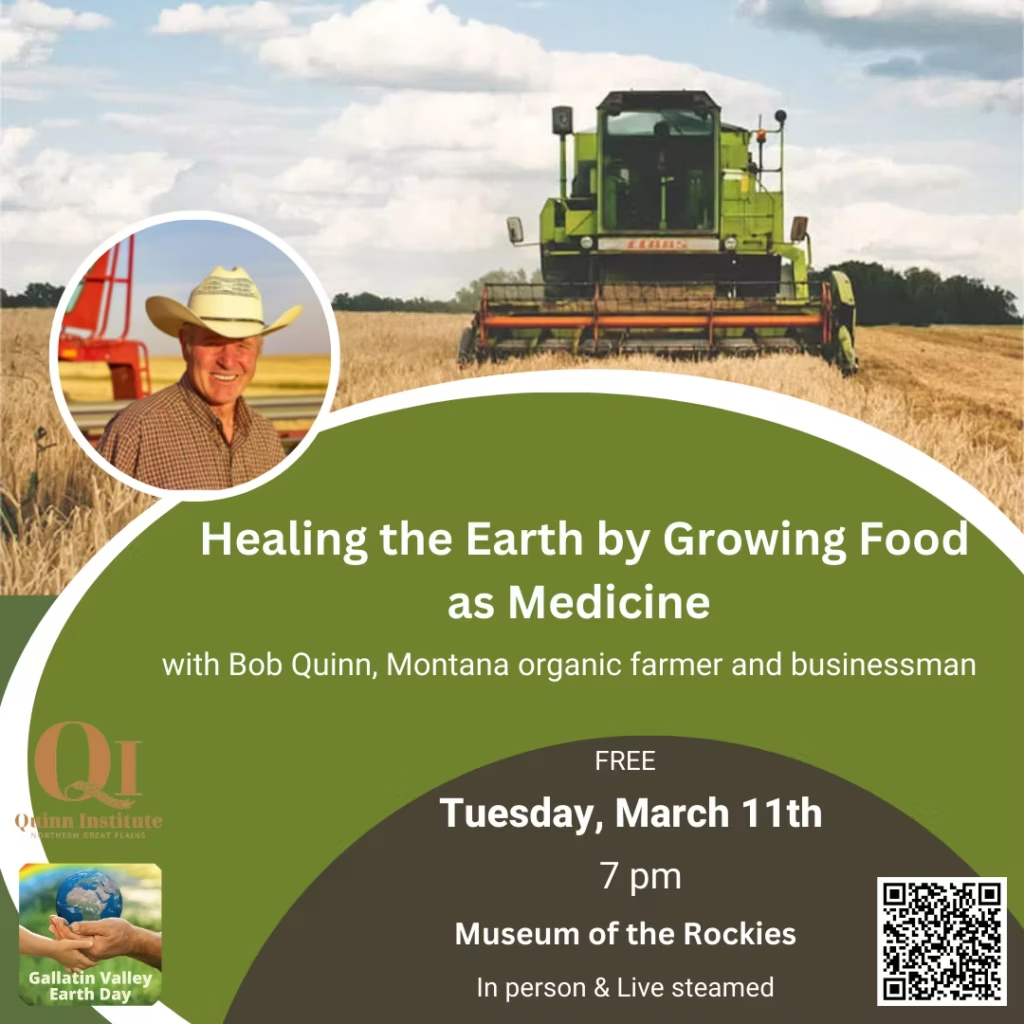
We finish off our series with a very timely, important topic of how urban sprawl is negatively impacting wildlife that is so iconic to our area with a talk by this obscure author/journalist guy named Todd Wilkinson. The talk is titled “Bozeman’s Wild Back Yard: Can We Save Our Mini-American Serengeti?” and it will be held at the Museum of the Rockies on April 9th.
Since film is such a powerful medium, we love partnering with the Bozeman Documentary Film Series to present a film in celebration of Earth Day. They have shown powerful, award-winning films in the past for Earth Day. I look forward to this year’s selection. The screening will be on April 24th at the Emerson Center for the Arts.
YELLOWSTONIAN: Thanks for the chat and to the many people who are helping Gallatin Valley Earth Day to make this lecture series happen.
READY: We hope the public and readers of Yellowstonian will join us at the events, and if they can’t make it physically, then tune in via livestream that will be made available on Yellowstonian‘s Facebook page. We hope to tape the presentations.

